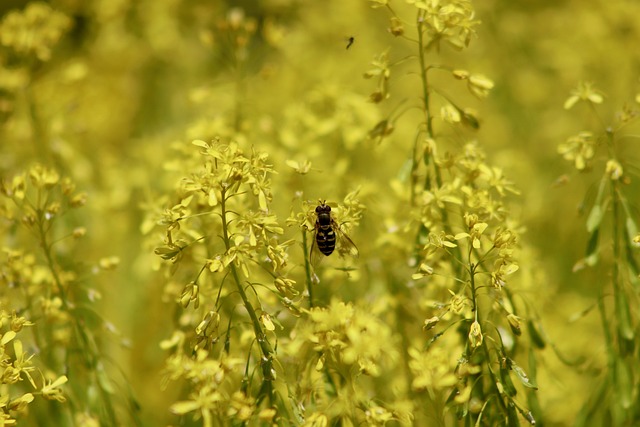 |  |  |   |  |
 |  |
The Woad has a straight, bare stem, often covered with coarse hair on the underside, up to a meter in height. A taproot that extends deep into the ground. The leaves are bluish-green, the root leaves are elongated lanceolate, the stem leaves are sessile, long, arrow-shaped with an entire margin. The flowers are small, golden yellow, arranged in a dense shield-shaped inflorescence. Fruits - drooping, one-seeded, black pods, up to 8mm long.
The roots and leaves of the plant are used for medicinal purposes. The roots are collected starting from October, up to and including October. The root must be dug carefully, then rinsed, the roots are separated, the surface part of the plant is cut off, rinsed in running, cold water and cut into fine rounds. The rolls are dried in forced dryers. After drying, grind the rolls in a coffee grinder before use. Leaves are collected from May to September. They are dried in well-ventilated areas on sieves. The drug is stored in a dark and dry place for no longer than two years. A breathable container is acceptable for the leaves, an airtight one is chosen for the roots.
Thanks to the increased interest in this plant in scientific circles, this plant was studied quite thoroughly when compared to other plants. As a result of research, more than 65 different active compounds were determined, including glycosides, organic acids and sugars. Vitamins, saponins, flavonoids, indigoid dyes, as well as nitrogen-containing compounds are found in the surface part (leaves, flowers). The seeds contain vegetable fats, which contain fatty acids: oleic acid, arachinic acid, linoleic acid, palmitic acid, erucic acid, linoleic acid, stearic acid and eicosenoic acid. Thioglycosides are found in the roots.
Medicinal significance
The roots of the plant contain many active compounds that provide their medicinal activity. In studies (in vitro), the effect of the plant against microbes was determined. Root extract in alcohol is capable of suppressing intestinal bacillus, dysentery agents and typhus bacillus. The plant contains chemical compounds similar in structure to salicylic esters of acetic acid, better known as acetylsalicylic acid. That is why the plant produces anti-platelet and anti-inflammatory effects.
Antitumor activity has also been determined for the plant. This effect is caused by indole compounds, more precisely the glucosinolate glucobrassiquin. However, research testing antitumor properties is still ongoing and has not been completed. Therefore, it is impossible to say precisely about its effectiveness in this case. In the future, the plant may become a remedy for prostate cancer, breast cancer, liver cancer and leukemia.
Woad leaves and roots are used to treat upper respiratory infections, salivary glands (parotitis), throat and lung abscess, digestive tract infections, including dysentery and enteritis. The preparations are considered effective for the treatment of hepatitis, encephalitis and meningitis. It is also worth drinking them in case of flu, measles and chicken pox.
Externally, Woad is used in the treatment of herpes, shingles, furunculosis and dermatitis.
